Photo Gallery for Hypagyrtis unipunctata - One-spotted Variant Moth | 313 photos are available. Only the most recent 30 are shown.
|
 | Recorded by: David George, Jeff Niznik on 2024-09-21
Chatham Co.
Comment: | 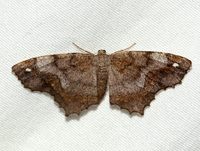 | Recorded by: David George, Jeff Niznik on 2024-09-21
Chatham Co.
Comment: |
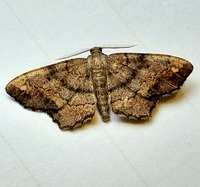 | Recorded by: Mark Basinger on 2024-09-14
Brunswick Co.
Comment: |  | Recorded by: Mark Basinger on 2024-09-12
Wilson Co.
Comment: |
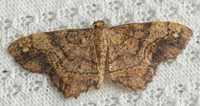 | Recorded by: Chuck Smith on 2024-09-08
Davidson Co.
Comment: | 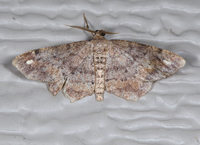 | Recorded by: Jim Petranka on 2024-09-07
Madison Co.
Comment: |
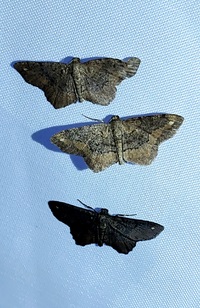 | Recorded by: Mark Basinger on 2024-09-03
Wilson Co.
Comment: | 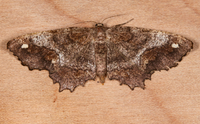 | Recorded by: Jim Petranka and Becky Elkin on 2024-08-27
Madison Co.
Comment: |
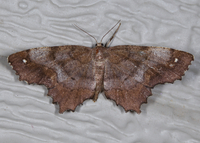 | Recorded by: Jim Petranka on 2024-08-22
Madison Co.
Comment: |  | Recorded by: Mark Basinger on 2024-08-20
Wilson Co.
Comment: |
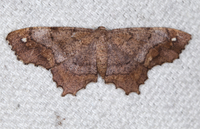 | Recorded by: Jim Petranka on 2024-08-19
Madison Co.
Comment: | 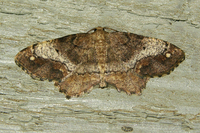 | Recorded by: Owen McConnell on 2024-08-18
Graham Co.
Comment: |
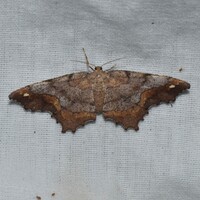 | Recorded by: David George, Jeff Niznik, Kevin Bischof on 2024-08-07
Transylvania Co.
Comment: | 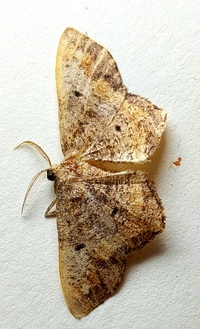 | Recorded by: Mark Basinger on 2024-08-03
Mitchell Co.
Comment: |
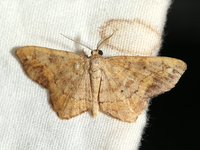 | Recorded by: David George, Jeff Niznik, Stephen Dunn on 2024-08-02
Chatham Co.
Comment: | 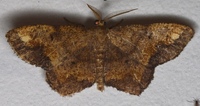 | Recorded by: Stephen Dunn on 2024-07-30
Orange Co.
Comment: |
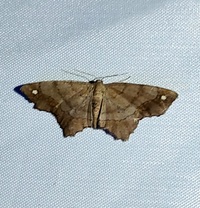 | Recorded by: Mark Basinger on 2024-07-28
Rowan Co.
Comment: | 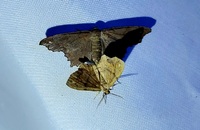 | Recorded by: Mark Basinger on 2024-07-28
Rowan Co.
Comment: |
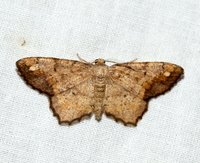 | Recorded by: David George, Jeff Niznik, Patrick Coin, Steve Hall, Carol Tingley, Tom Howard on 2024-07-27
Chatham Co.
Comment: |  | Recorded by: Mark Basinger on 2024-07-27
Rowan Co.
Comment: |
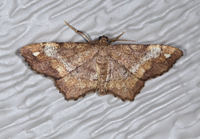 | Recorded by: Jim Petranka on 2024-07-23
Madison Co.
Comment: | 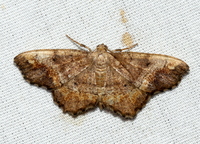 | Recorded by: David George on 2024-07-15
Chatham Co.
Comment: |
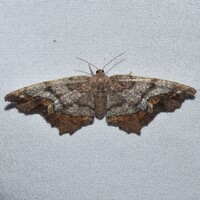 | Recorded by: Jeff Niznik on 2024-07-14
Watauga Co.
Comment: | 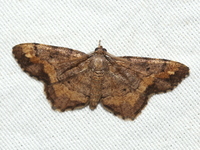 | Recorded by: David George, Jeff Niznik on 2024-07-08
Chatham Co.
Comment: |
 | Recorded by: Jim Petranka, Mark Basinger and Becky Elkin on 2024-06-25
McDowell Co.
Comment: | 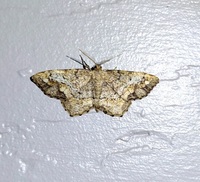 | Recorded by: Mark Basinger on 2024-06-23
Yancey Co.
Comment: |
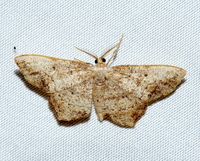 | Recorded by: David George, Stephen Dunn, Jeff Niznik, Patrick Coin on 2024-06-22
Chatham Co.
Comment: |  | Recorded by: John Petranka on 2024-06-19
Watauga Co.
Comment: |
 | Recorded by: Mark Basinger on 2024-06-13
Wilson Co.
Comment: | 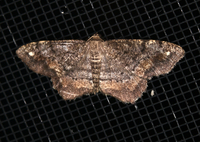 | Recorded by: Jim Petranka on 2024-06-05
Madison Co.
Comment: |
|